
"Of 45 Therapies for Acute MSK Pain, 1 Worked": Findings from 207 Studies (& 32,959 Patients)
"Of 45 Therapies for Acute MSK Pain, 1 Worked": Findings from 207 Studies (& 32,959 Patients)

To unlock this feature and to subscribe to our weekly evidence emails, please create a FREE OrthoEvidence account
Already have an account? Click here
DISCLAIMER:
This podcast is for informational purposes only and is not intended to be a substitute for professional medical advice, diagnosis, or treatment. If you require medical treatment, always seek the advice of your physician or go to your nearest emergency department.
The opinions, beliefs, and viewpoints expressed by the individuals on this podcast do not reflect the opinions, beliefs, and viewpoints of OrthoEvidence.
"Of 45 Therapies for Acute MSK Pain, 1 Worked" Findings from 207 Studies (& 32,959 Patients)
Host:
Mohit Bhandari, MD, PhD, FRCSC
Editor-in-Chief, OrthoEvidence
Guest:
Jason Busse, DC, PhD
Associate Professor
Associate Director, Michael G. DeGroote Center for Medicinal Cannabis Research
Anesthesia & Health Research Methods, Evidence, and Impact
McMaster University
PERSPECTIVES
Drs. Busse and Bhandari discussed the results of two studies that were recently published; one on therapies for acute musculoskeletal (MSK) pain (Busse et al. Ann Intern Med. 2020 Aug 18), and the other on predictors of prolonged opioid use after acute musculoskeletal pain (Riva et al. Ann Intern Med. 2020 Aug 18). They also discussed how the results of these two studies can be applied in orthopaedics. Our discussion uncovered 5 core themes. These themes and their supporting insights are highlighted below.
1. Topical NSAIDs Showed The Greatest Benefit For Acute MSK Pain
To facilitate the American College of Physicians’ (ACP) work of clinical practice guideline development for the management of non-low back musculoskeletal pain, Dr. Busse and the team conducted a systematic review and large network meta-analysis (NMA) of randomized trials on the topic. NMA is an evidence synthesis approach that allows people to look at the comparative effectiveness of different active interventions, even if these interventions have not been compared directly in head-to-head trials.
In this NMA of any therapy for all types of acute non-low back pain, 45 therapies were identified and evaluated. Of these, the most promising treatment in terms of both benefits and risks was topical Non-Steroidal Anti-Inflammatory Drugs (NSAIDs), based on moderate-certainty evidence. Topical NSAIDs are applied directly to the pain site with a local mechanism of action and may have lower risk of gastrointestinal adverse events than the oral NSAIDs. The next best therapies were oral NSAIDs and acetaminophen, with or without diclofenac, supported by high- or moderate-certainty evidence. There were some non-pharmacologic therapies that appeared potentially promising, for example, the transcutaneous electrical nerve stimulation (TENS), but this treatment was only supported by low certainty evidence which means more evidence is needed to make any strong recommendations on its use.
The most surprising result to Dr. Busse was that opioids did not demonstrate greater benefit than NSAIDS, and instead, opioids demonstrated the greatest risk of harm. The associated guideline that the ACP and the American Academy of Family Physicians (AAFP) (The guideline) published recommended use of topical NSAIDs, if not feasible, then oral NDAIDs or acetaminophen for treating acute pain from non-low back MSK injuries. The guideline suggested against opioids in treating such conditions.
Dr. Busse thinks that the findings of this NMA may also apply to non-operatively treated fracture patients because there was some representation of these groups in the NMA. In addition to patients with various types of strains or sprains, some of the included trials enrolled a mixed population of non-surgically managed fractures and other acute MSK injuries.
2. Factors That Predicted Prolonged Opioid Use After MSK Injuries
Dr. Busse’s team found 13 studies with over 10 million patients who had used prescription opioids for a year or longer after they were prescribed for acute musculoskeletal complaints. It was found that individuals who were older, who had past or current substance use disorders, and who were receiving disability benefits, were at higher risk of persistent opioid use. About 6% of the general population reported that they were still using opioids at about a year after they were prescribed for an acute complaint. For the high-risk population (the individuals with high rates of substance use disorder, who were receiving workers’ compensation benefits or Veterans Affairs claimants), 27% of them were using long-term opioids. The most significant factor was past or current substance use disorders. Dr. Busse regards that clinicians should assess these patient risk factors and fully consider the benefits and harms of the drug, before they prescribe opioids for treatment of acute MSK pain.
It was also found that some prescribing features were associated with prolonged use of opioids; in particular, an initial script for more than seven days of opioid use and a higher daily dose. In Dr. Busse’s opinion, these risk factors could be modified directly by the clinician, in the form of keeping the initial script to less than seven days and prescribing a lower dose of the opioid.
3. Analysis Methods Of Network Meta-analysis
Increasing amounts of NMAs are being published and many orthopaedic surgeons are learning more about them. Traditionally, the surface under the cumulative ranking curve (SUCRA), a numeric overall ranking method where a single number is associated with each treatment, is used in NMAs. Dr. Busse regards that there are some limitations of such ranking methods. There are cases where a certain therapy that is ranked number one (the top therapy) on SUCRA, could in fact rank lower if using alternative methods. This is because the point estimate of this therapy may be big in some small, low-quality trials.

For example, one or two very small trials showed huge, significant treatment effects of a certain therapy, but there were lots of loss to follow up in these trials, and you don't have confidence that their patients were blinded. If you just look at the effect estimate, it looks like a fantastic therapy. But once you incorporate risk of bias, and how certain you are that the evidence is trustworthy, you lose confidence. That would be only either low or very low certainty evidence. We are not going to consider it to be number one (best therapy), on the basis of two low-quality trials of 30 patients with lots of problems.
Dr. Busse
4. Network Meta-analyses Of Small Studies Versus Large Trials
Dr. Busse indicated that the concordance between the direct and indirect comparison was about 85% (Song et al. BMJ. 2011). Although systematic reviews, including NMAs, are considered to be the top of the evidence hierarchy, they are not the best evidence if they are done poorly, or if they are based on a small number of studies with high risk of bias. As software is available and easier to use, more and more meta-analyses are published. It is always important to appraise the quality of the systematic review when we look at the results.

There was a perception that meta-analysis of small studies, which is the majority of the orthopedic studies, wouldn't necessarily always be the most accurate, especially if a single large study had been conducted. There are cases that single large studies being conducted were very different in the treatment effects from small meta-analyses of the same comparisons. We should be careful around small meta-analyses, or meta-analysis of small trials, wouldn’t you agree?
Dr. Bhandari
5. Things To Consider When Conducting NMAs Or Reading Their Results
Drs. Bhandari and Busse indicate that the quality of the primary studies is critical for meta-analyses and NMAs. Systematic review investigators should be mindful of some important approaches in order to minimize the chance of being misleading.
1) The primary studies represent the underlying quality of an NMA. If the confidence in the findings is not warranted, avoid making a strong clinical practice recommendation. People should be alerted that such findings are not conclusive because of various problems in the primary studies.
2) There is a trend to move away from the SUCRA approach, to one that actually considers the certainty of the evidence.
3) It is important to report the results in a way that is understandable, and make efforts to present the effect estimates, not only as relative effects, but also as absolute effects. There are many cases where the relative effect is large, for example, a relative reduction of 50%, however, the baseline risk is only 1%, in such case, the absolute difference is just 0.5% which is not as meaningful.

Principally, we be as conservative as you possibly can, when interpreting results.
Dr. Bhandari
Questions and Answers:
Dr. Bhandari: What are the tools to assess the methodological quality of systematic reviews?
Dr. Busse: PRISMA statement, PRISMA checklist, AMSTAR, and McMaster one-page appraisal tool.
Dr. Bhandari: According to the results of your systematic reviews, we should be more skeptical and cautious about opioid use. What are the steps to get this message on opioids out to the clinicians?
Dr. Busse: My hope is that our work in the associated guideline is going to provide some confidence to the clinicians and prescribers that they are not denying their patients valuable care by prescribing an NSAID or acetaminophen instead of an opioid. I think that we are going to see some shifts in practice. But there'll have to be observational studies to see if that occurs.
Dr. Bhandari: What are your next research interests on pain management and methodology?
Dr. Busse: Role of medical cannabis in pain management, effects of cognitive behavioral therapy on preventing persistent post-surgical pain, network meta-analyses using minimally contextualized approach rather than relying solely on SUCRA ranking, and optimizing the presentation of NMA results.
SENSE-MAKING
Drs. Busse and Bhandari discussed the results of two systematic reviews about pain management after acute musculoskeletal injuries. High- or moderate-quality evidence showed efficacies of topical or oral NSAIDs, and acetaminophen with or without diclofenac, among the 45 therapies identified in a large NMA. Patients with substance use disorders, who are recipients of disability benefits, older age, who received an initial script for more than seven days of opioid, and who were taking a higher daily dose of opioids were more likely to experience prolonged opioid use. The quality of primary studies can largely influence the reliability of results of systematic reviews. We should be conservative when interpreting results of network meta-analysis.
How to Cite:
Jason Busse. "Of 45 Therapies for Acute MSK Pain, 1 Worked" Findings from 207 Studies (& 32,959 Patients). OE Perspectives. 2020;1(4):2.




 LOGIN
LOGIN
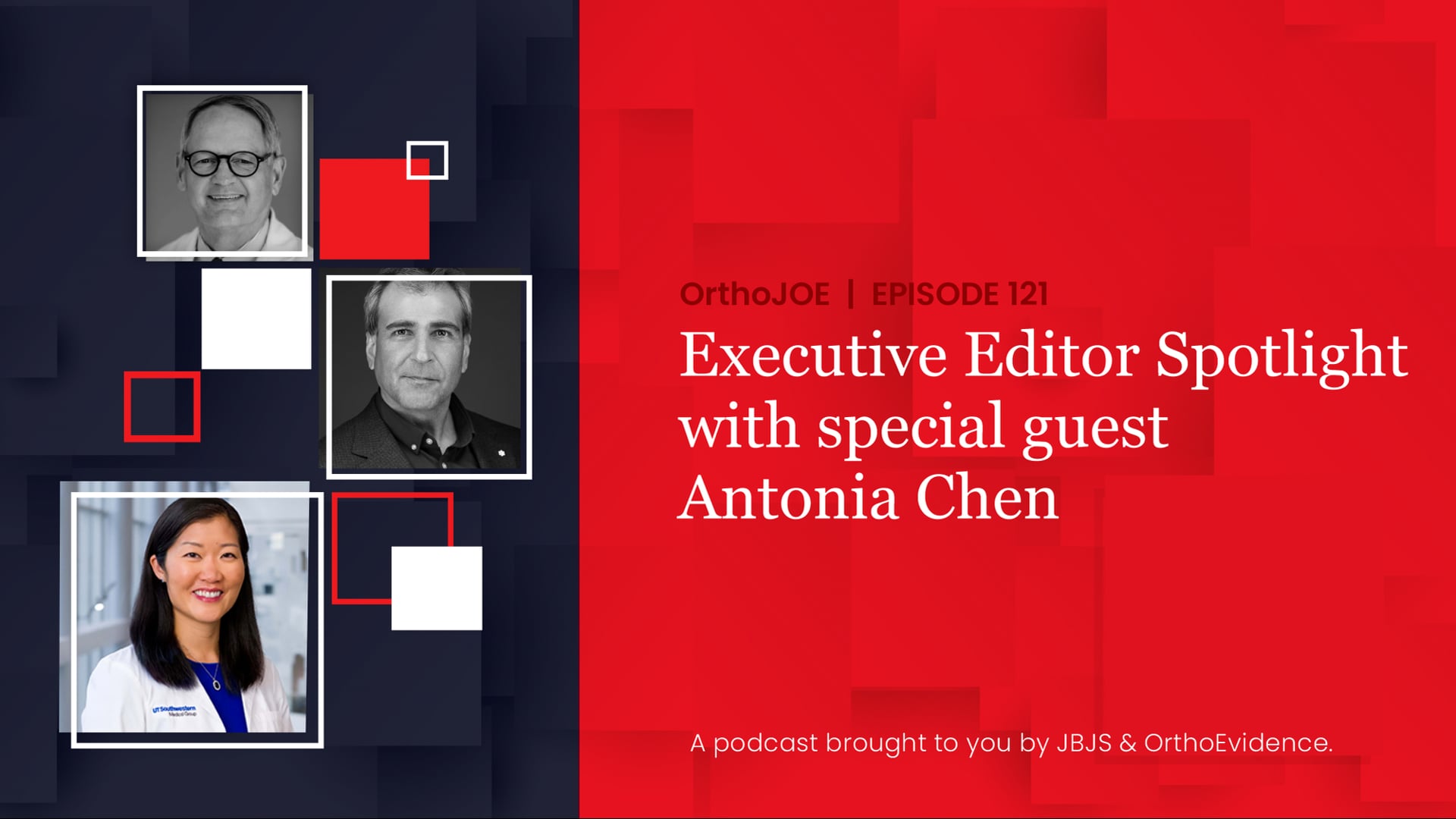
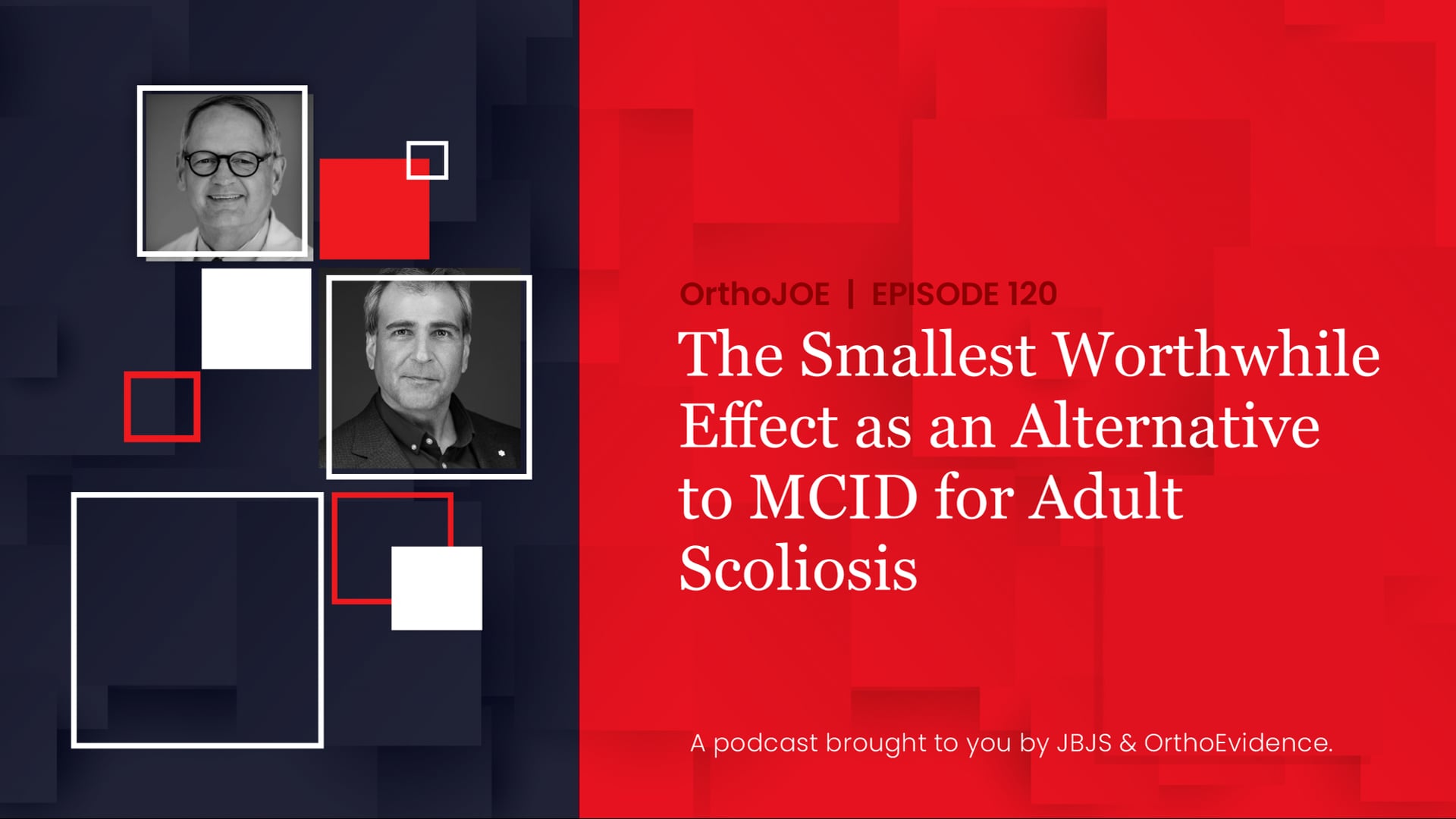
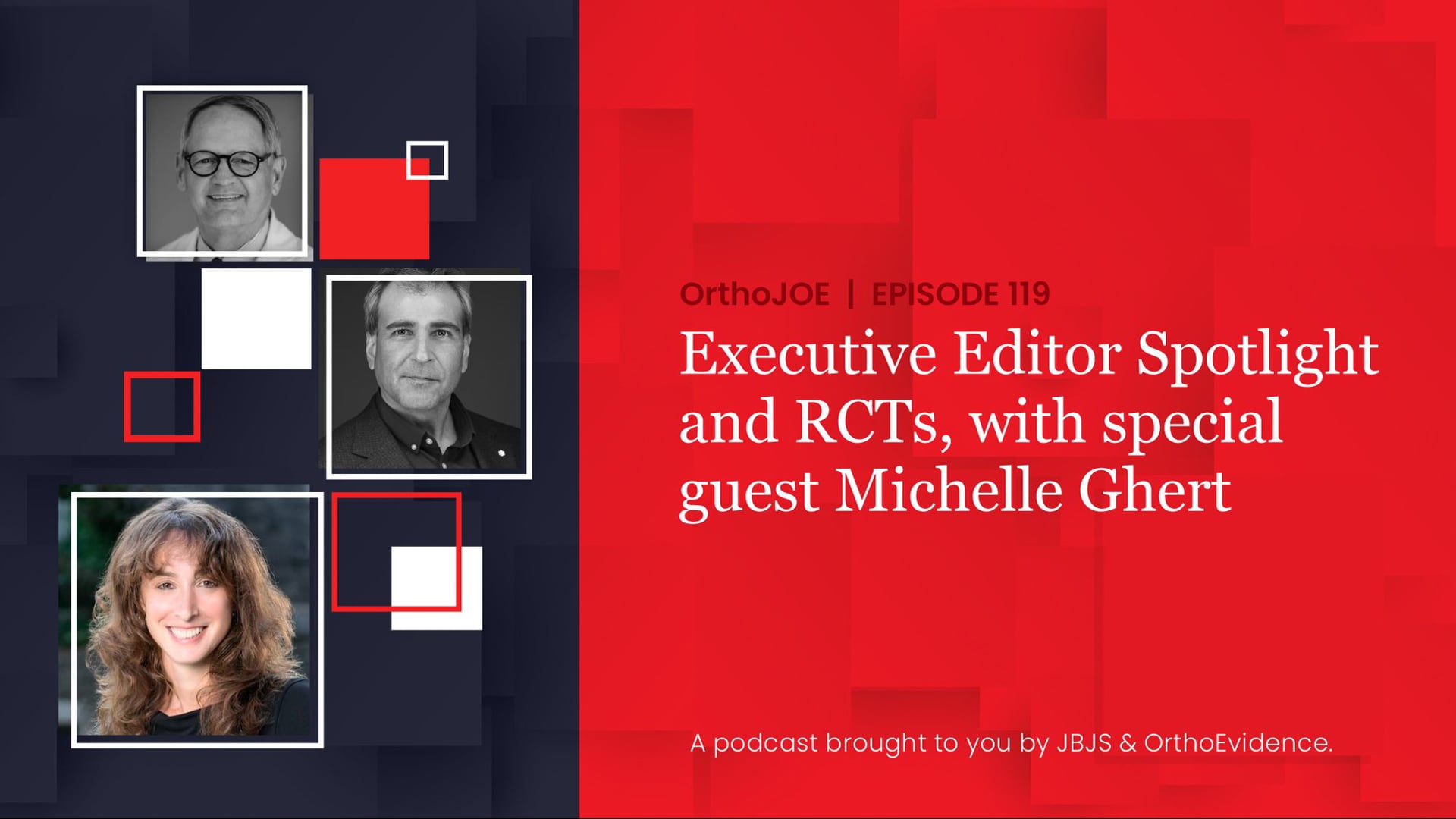
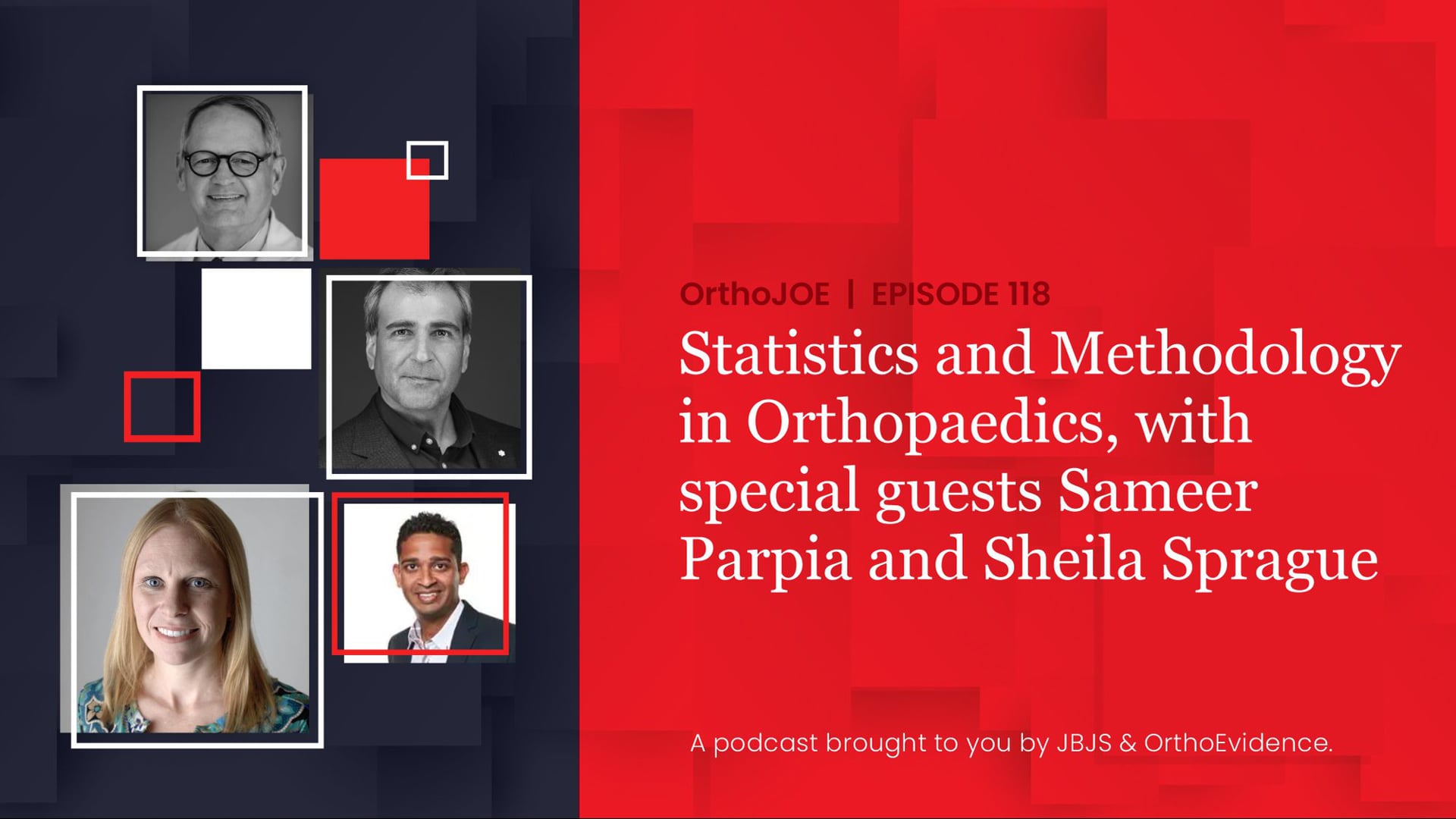
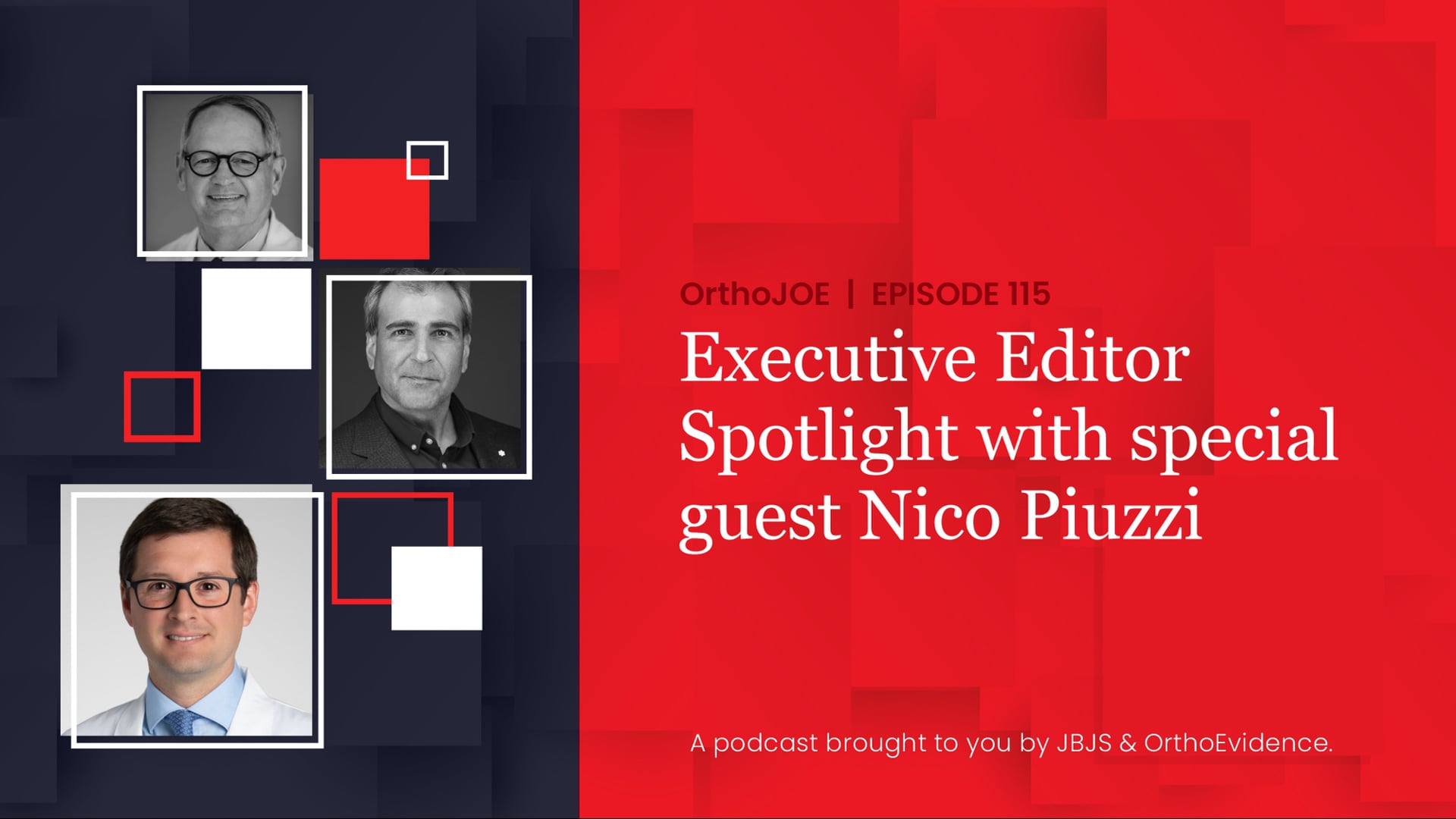
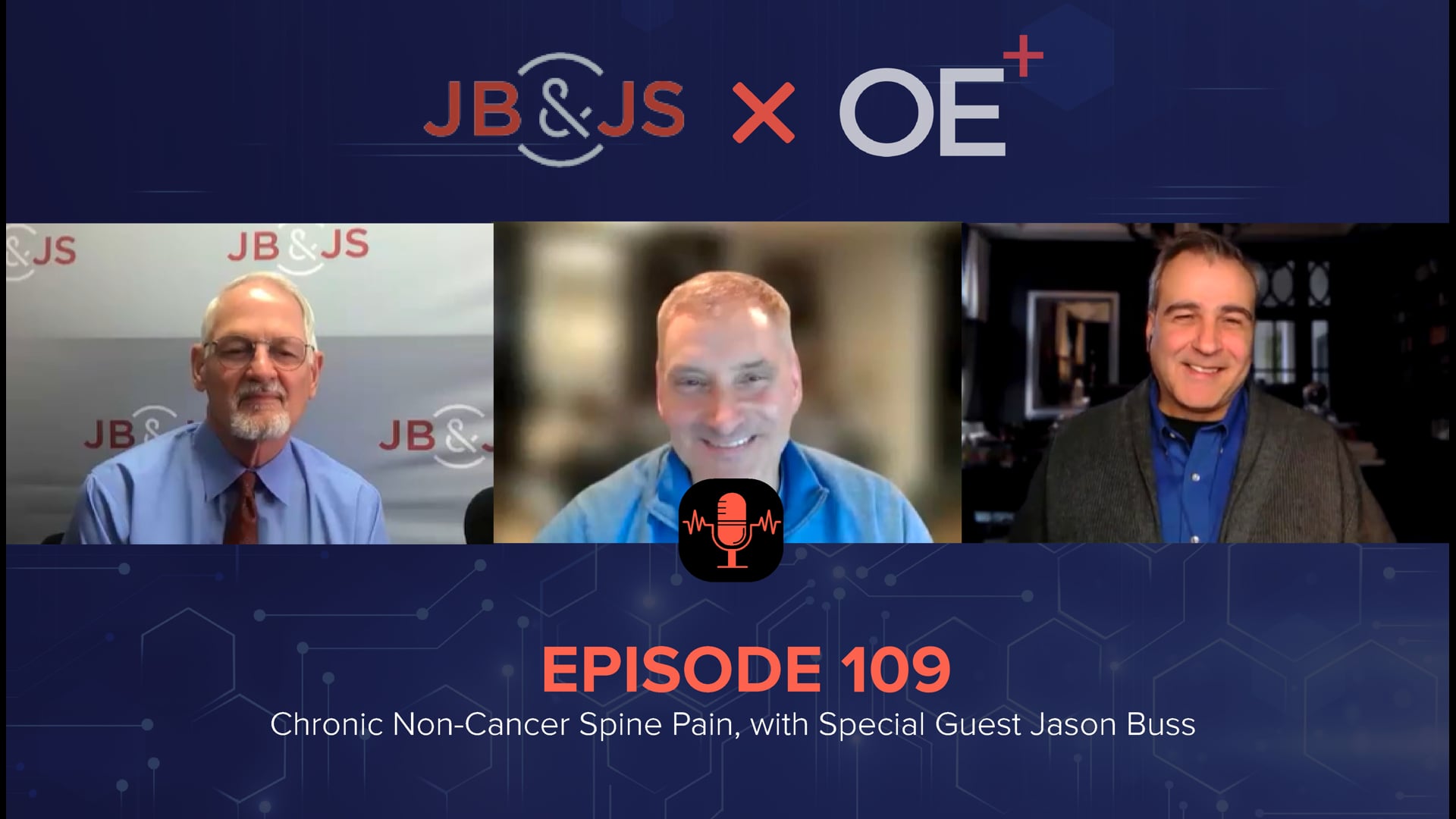
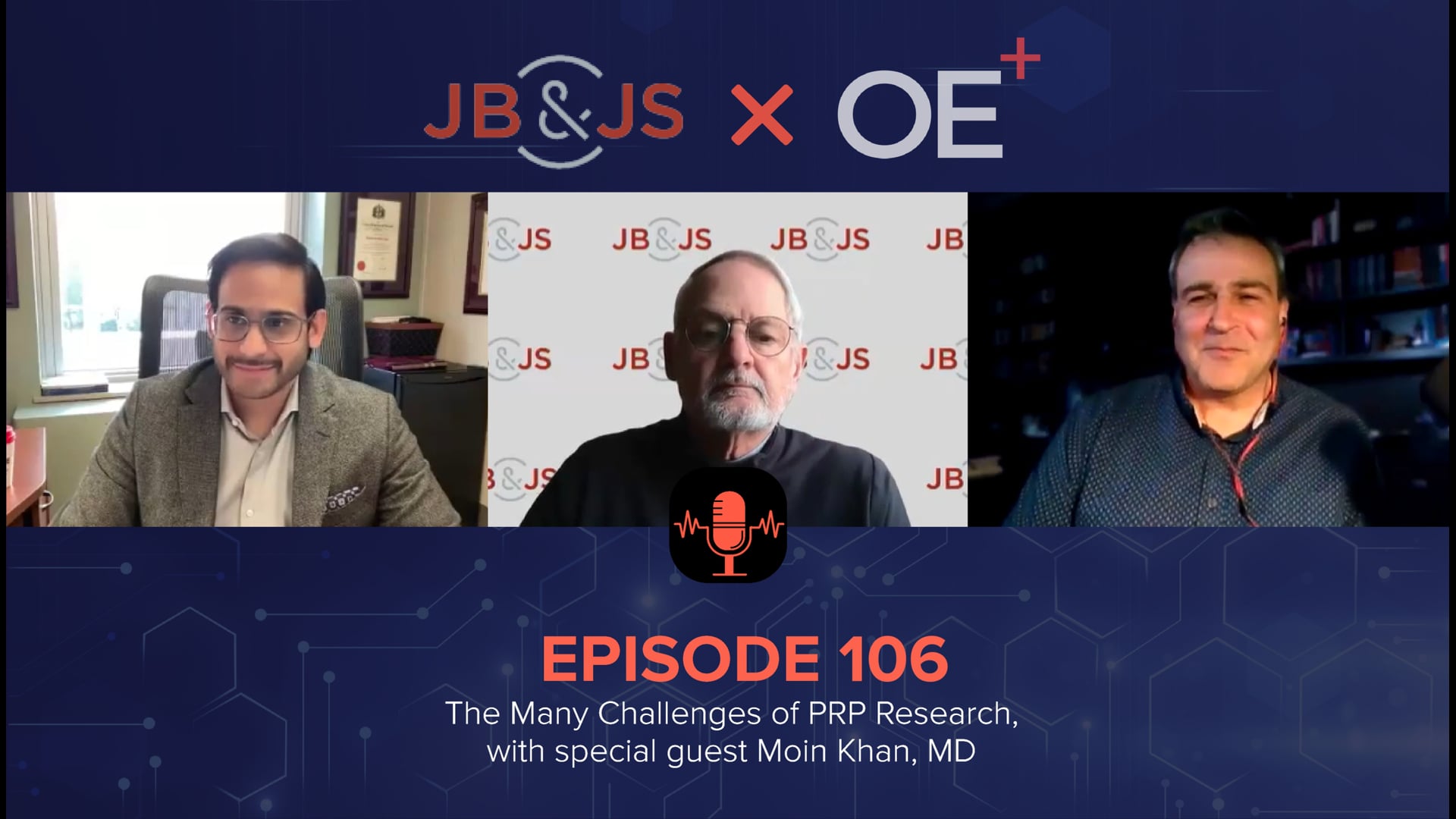
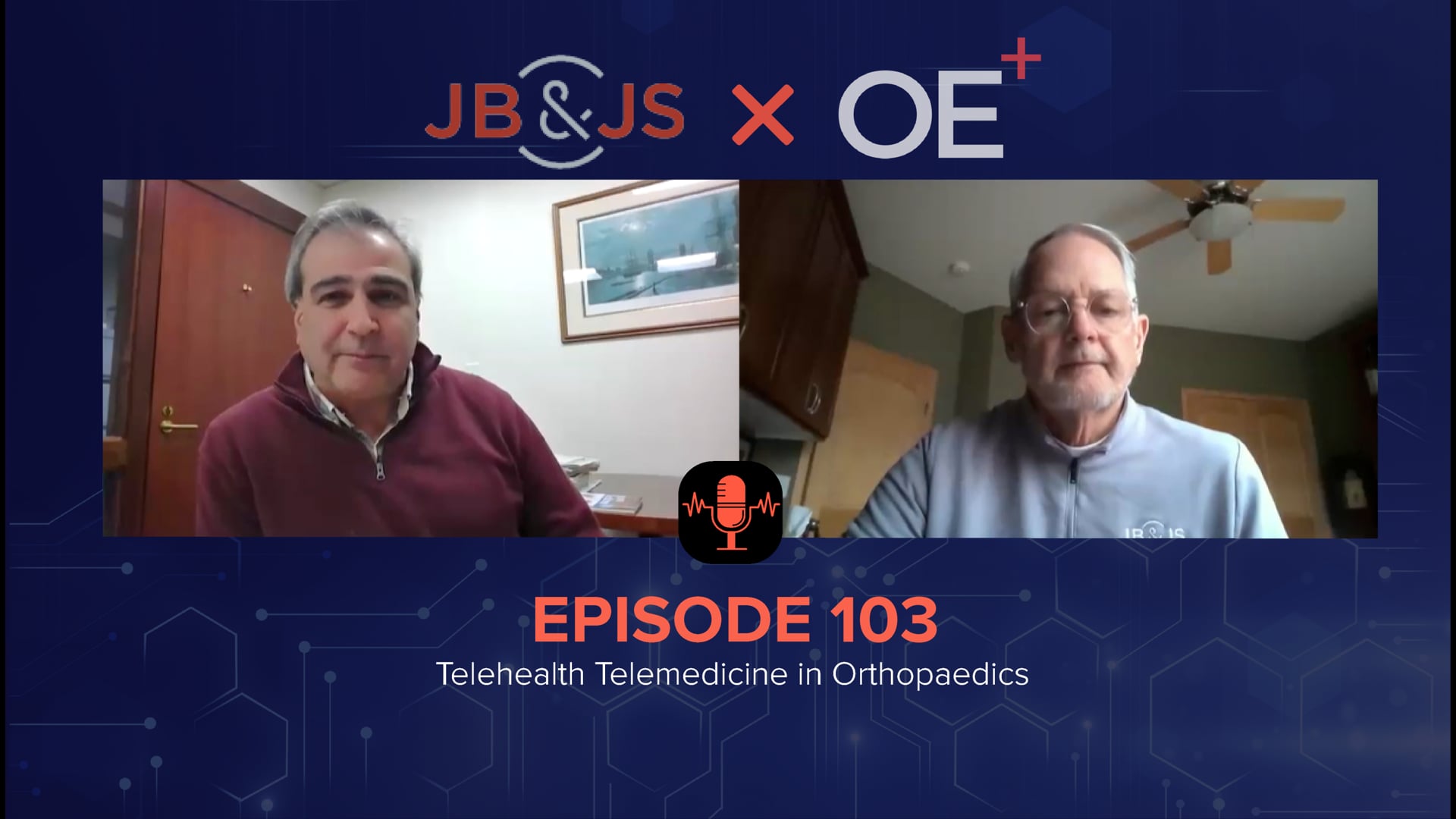

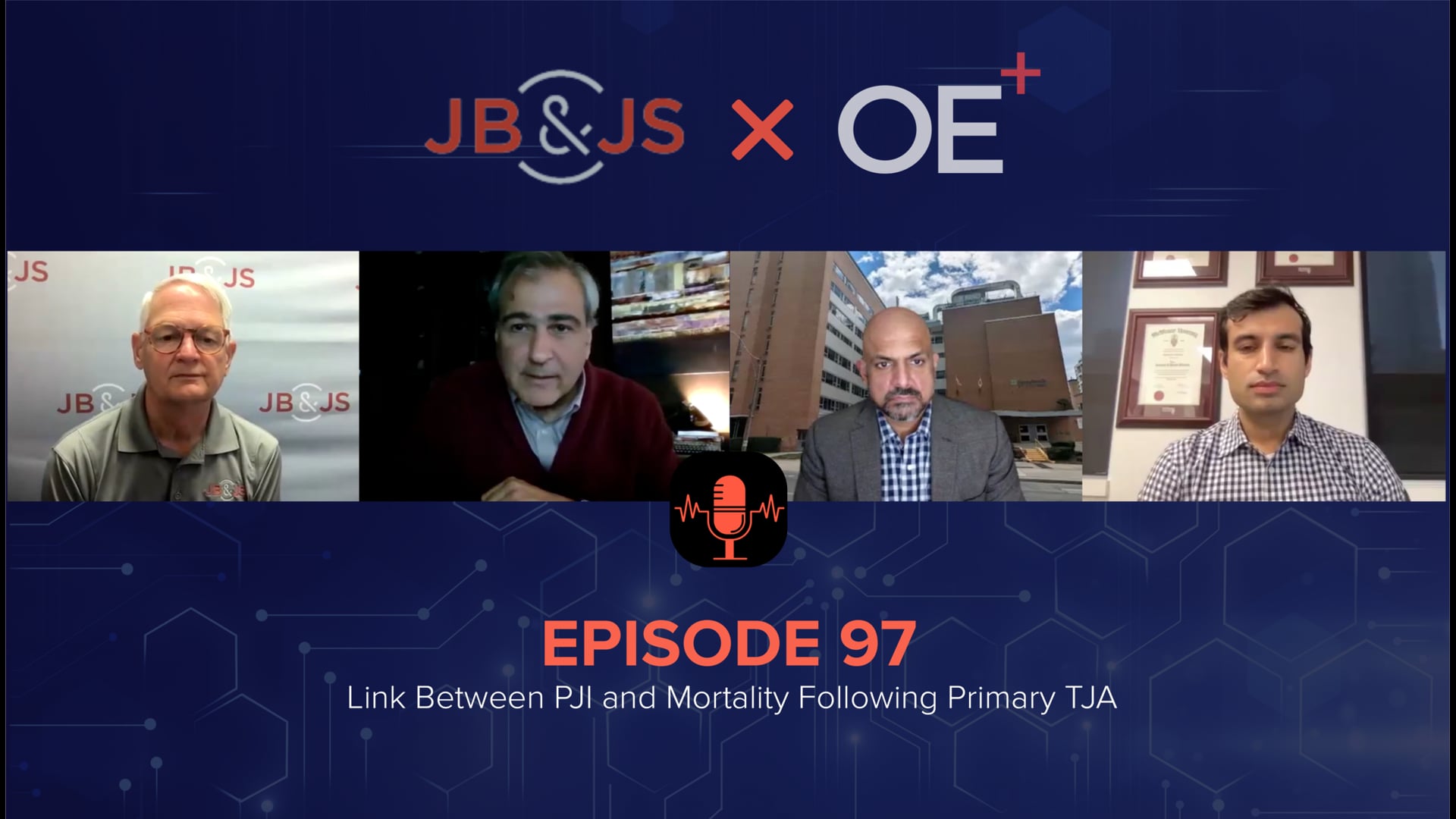
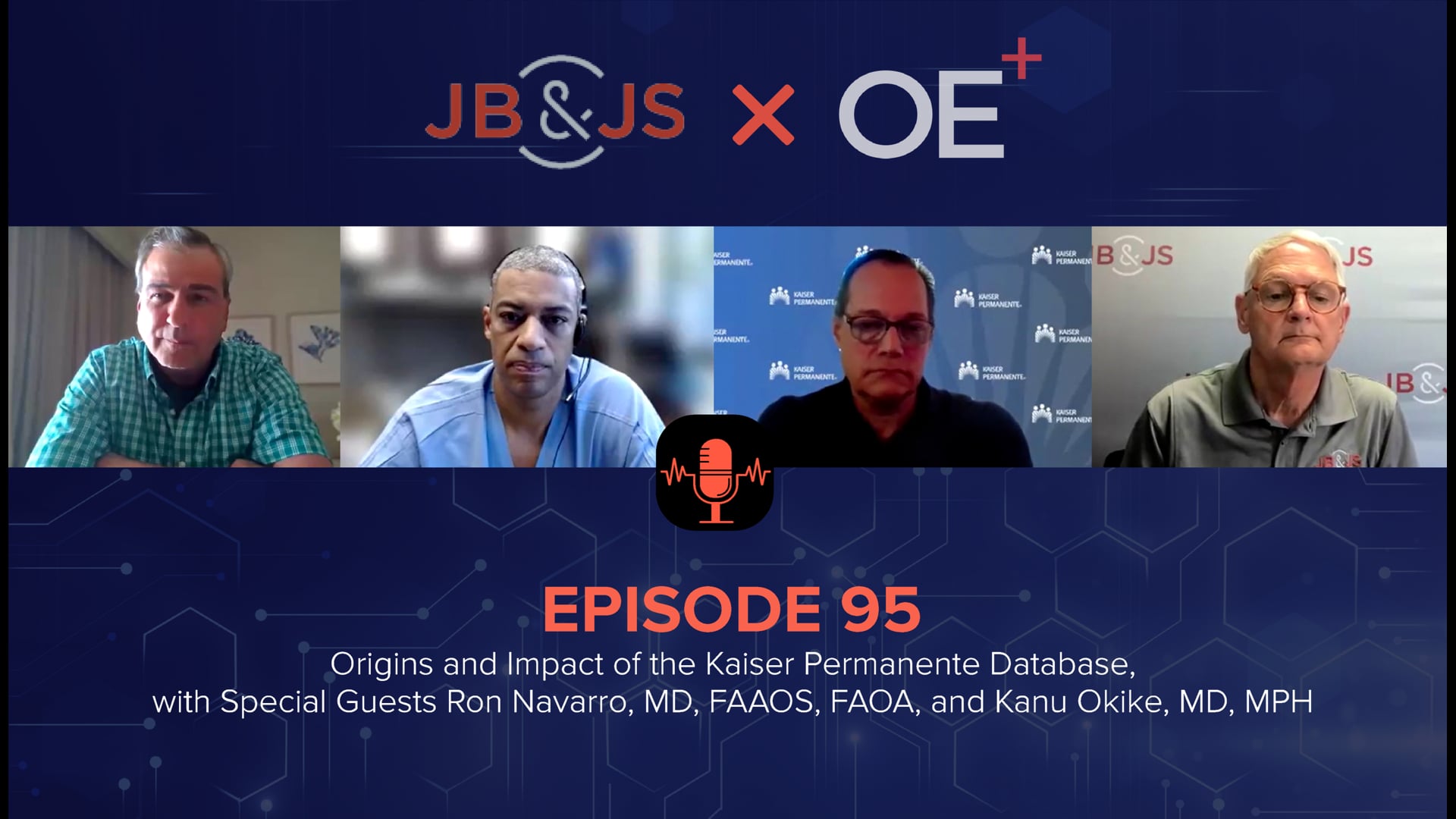
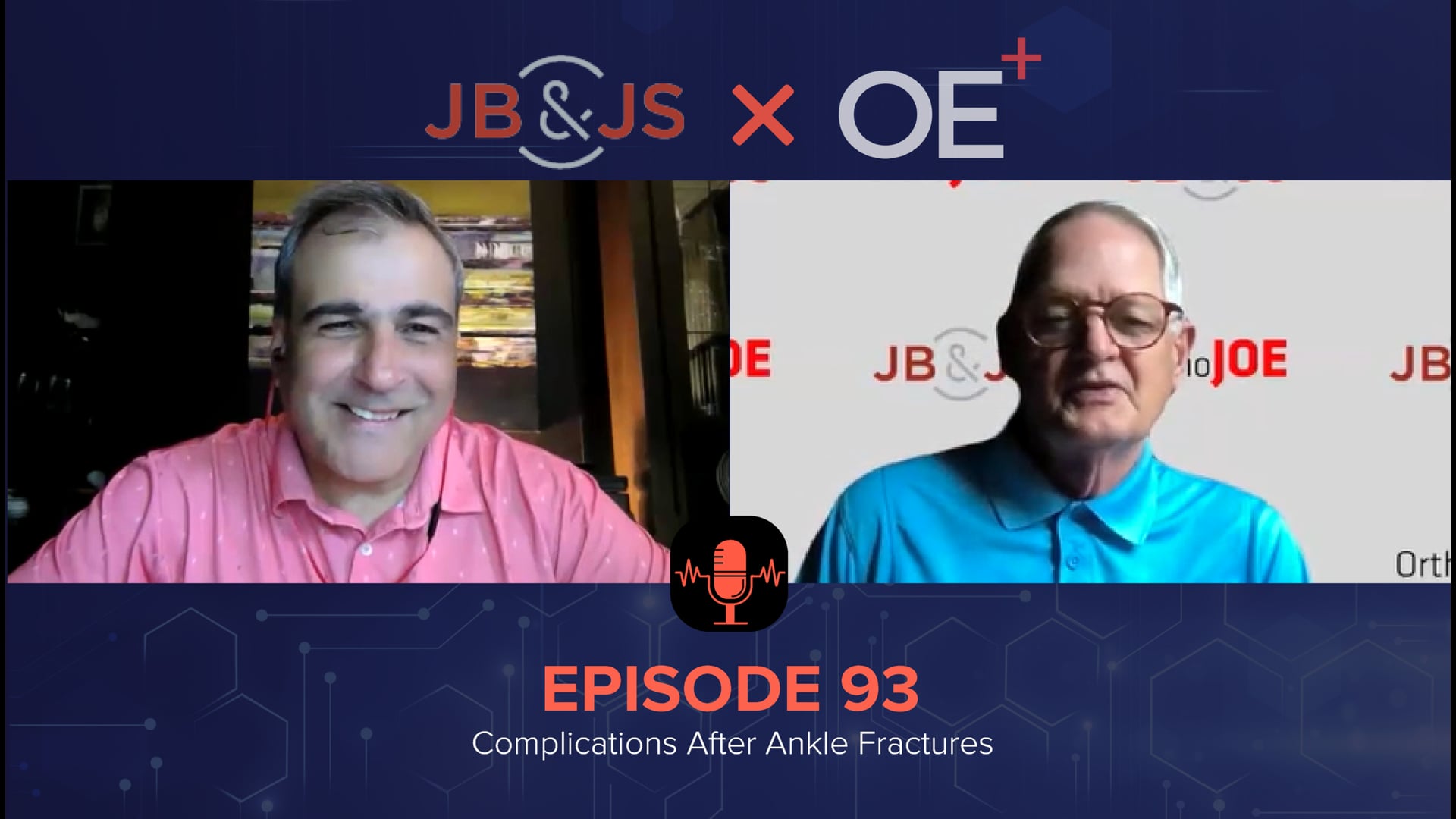
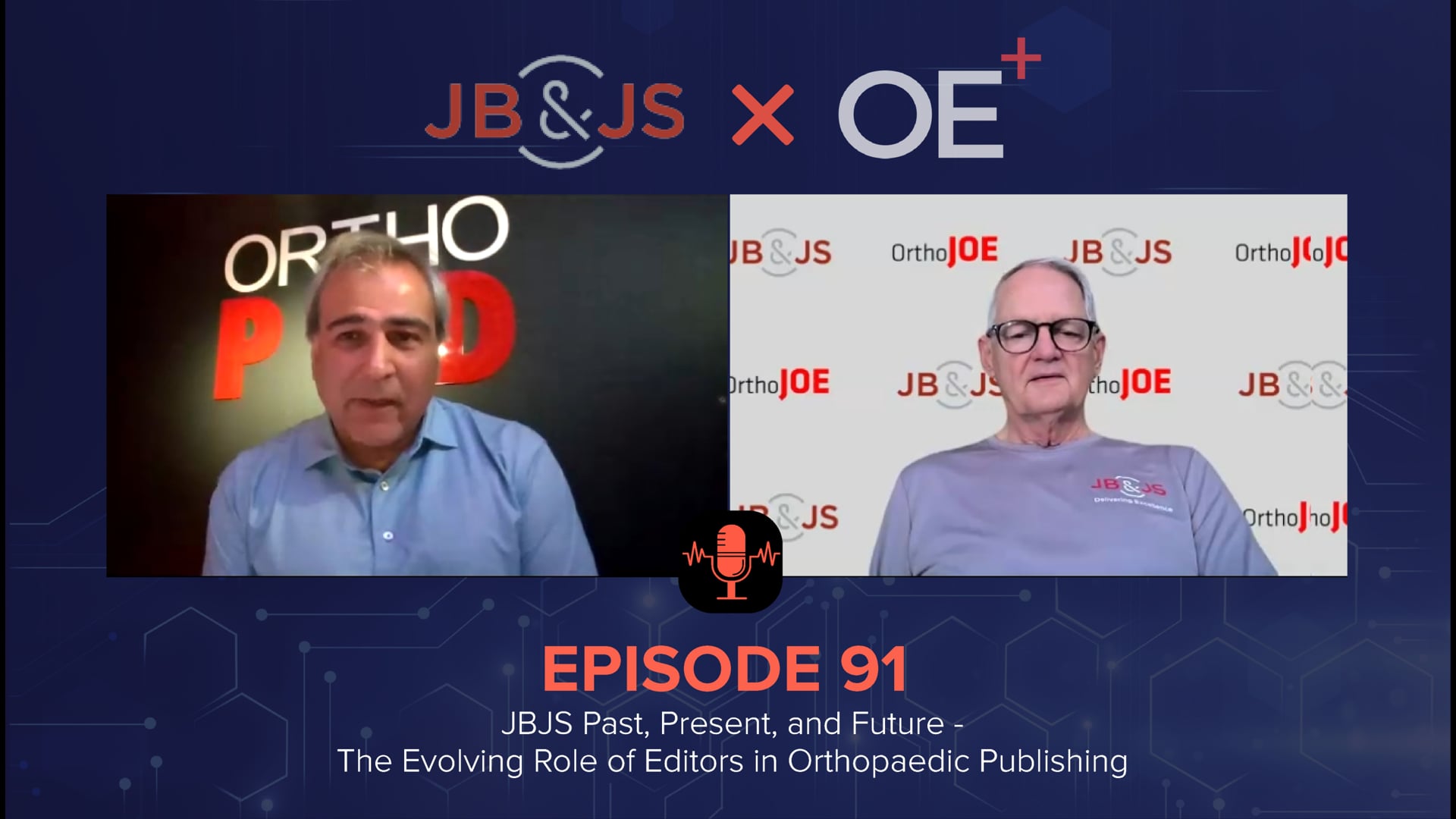
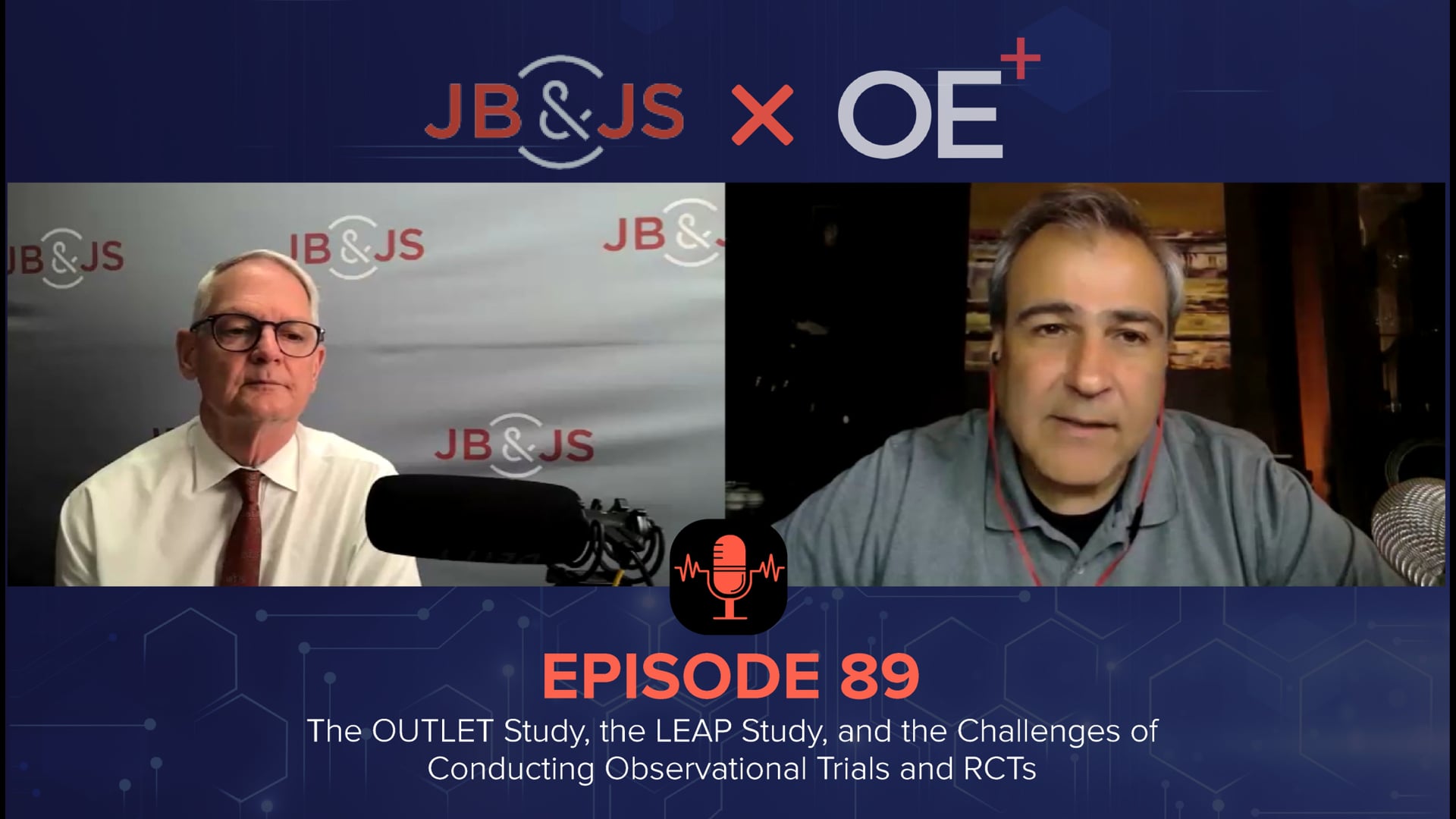
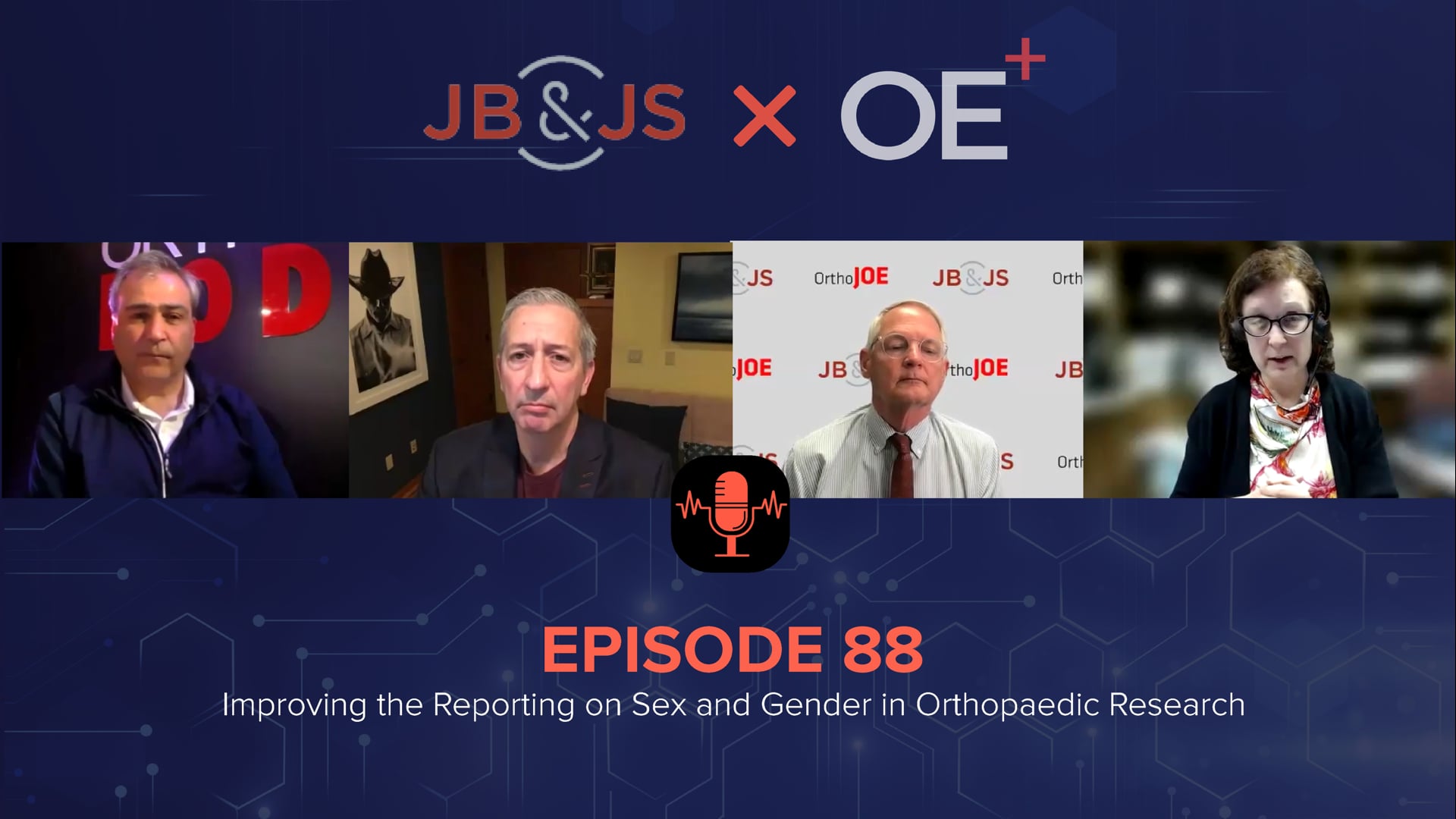
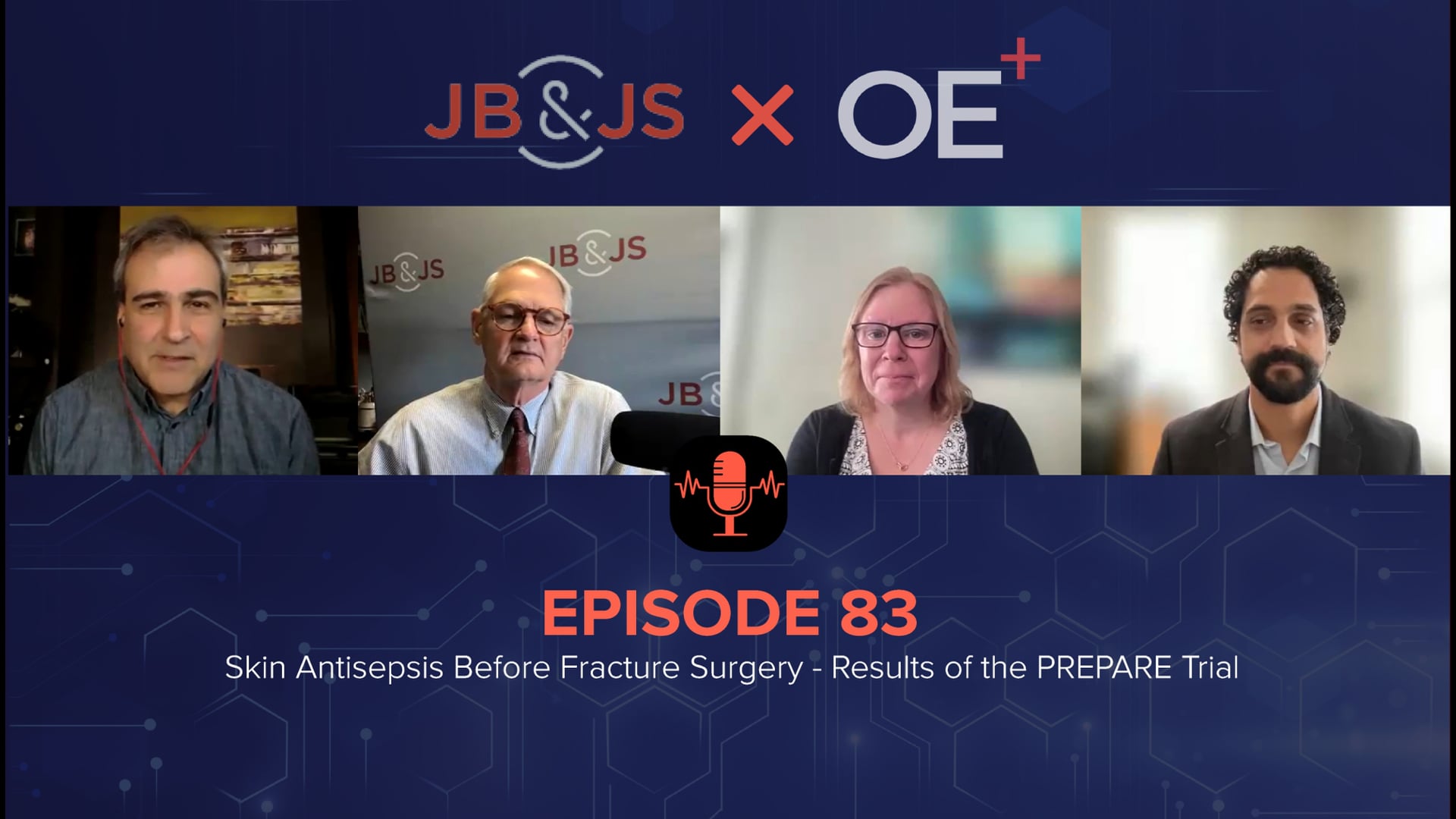
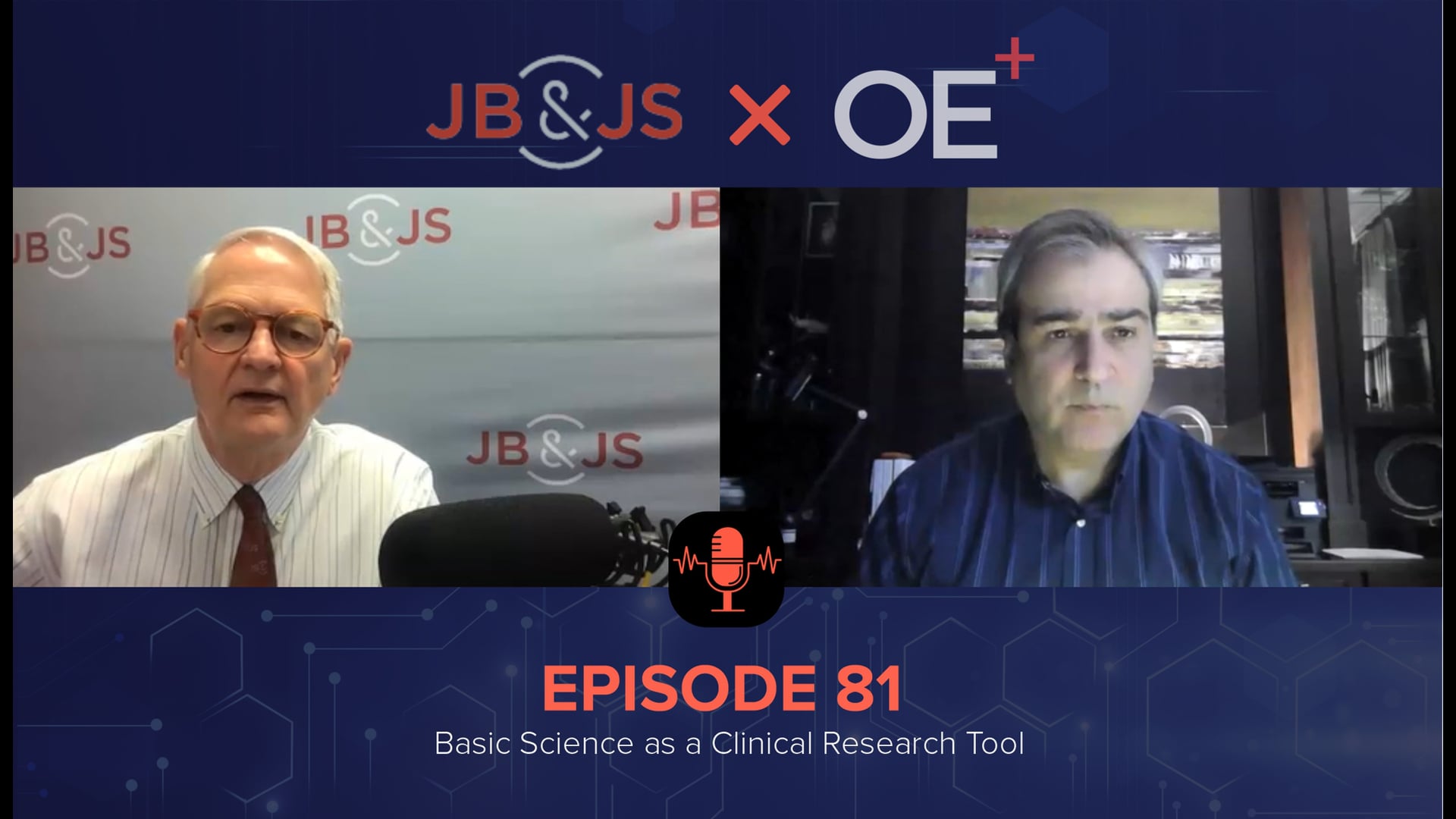
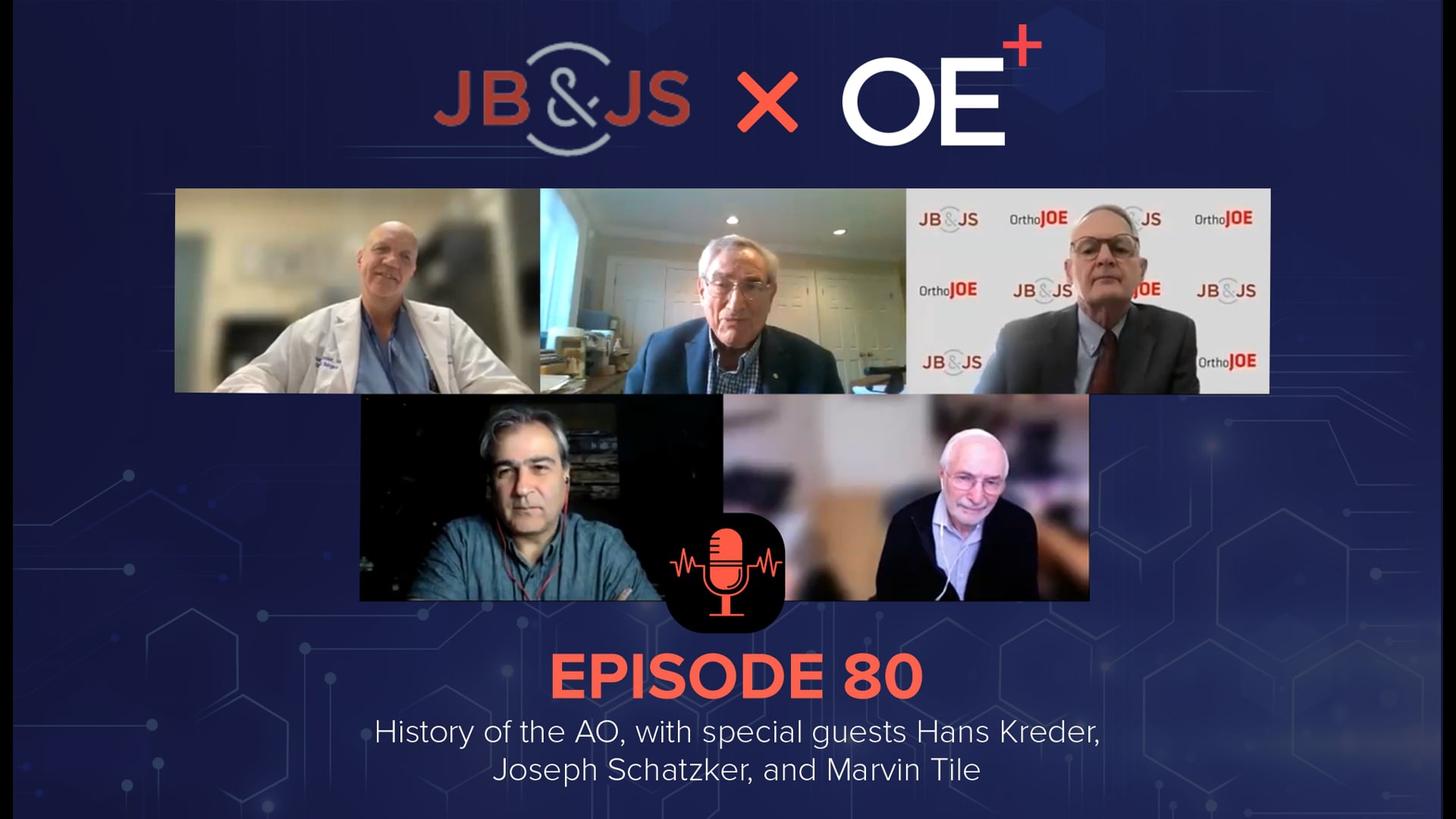

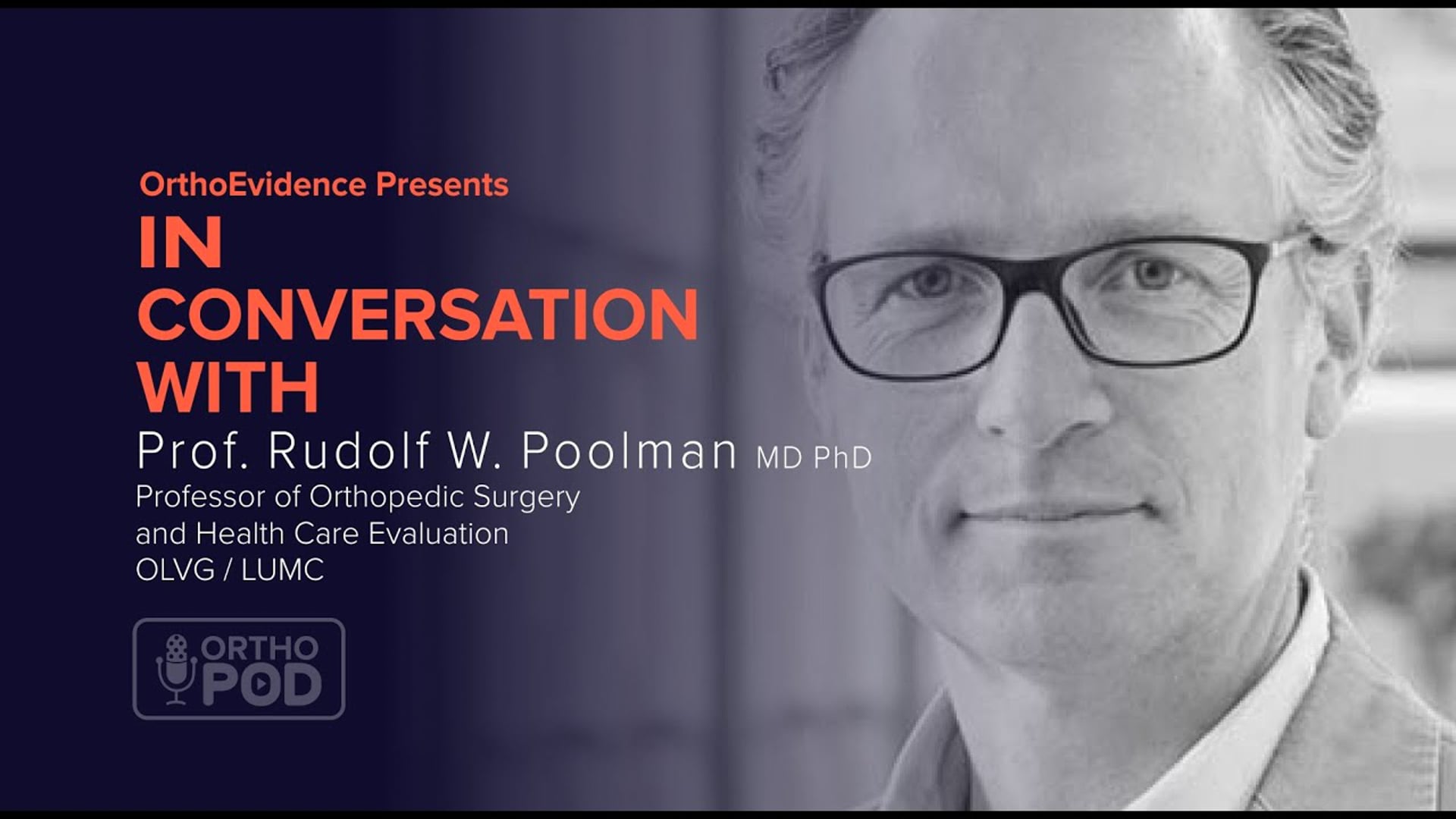
Please Login or Join to leave comments.
Orthopaedic Surgeon - Canada
great. Would be nice if there was a link somewhere to the articles.